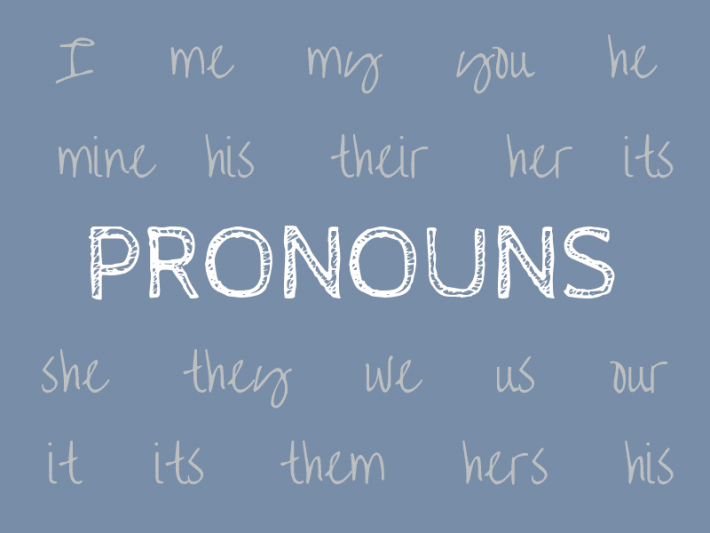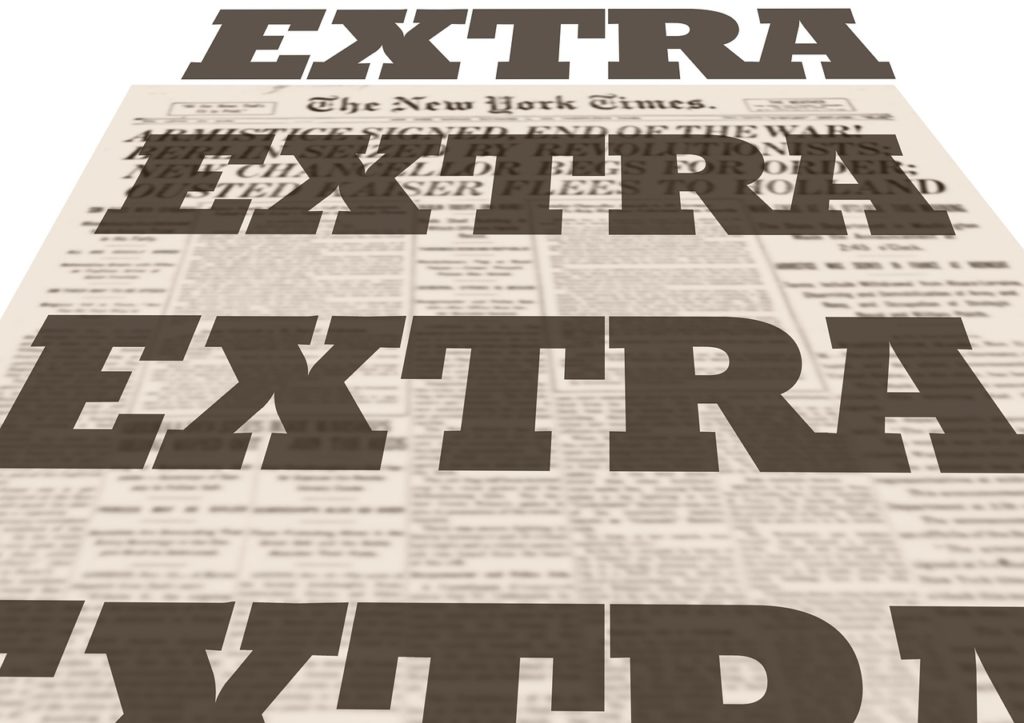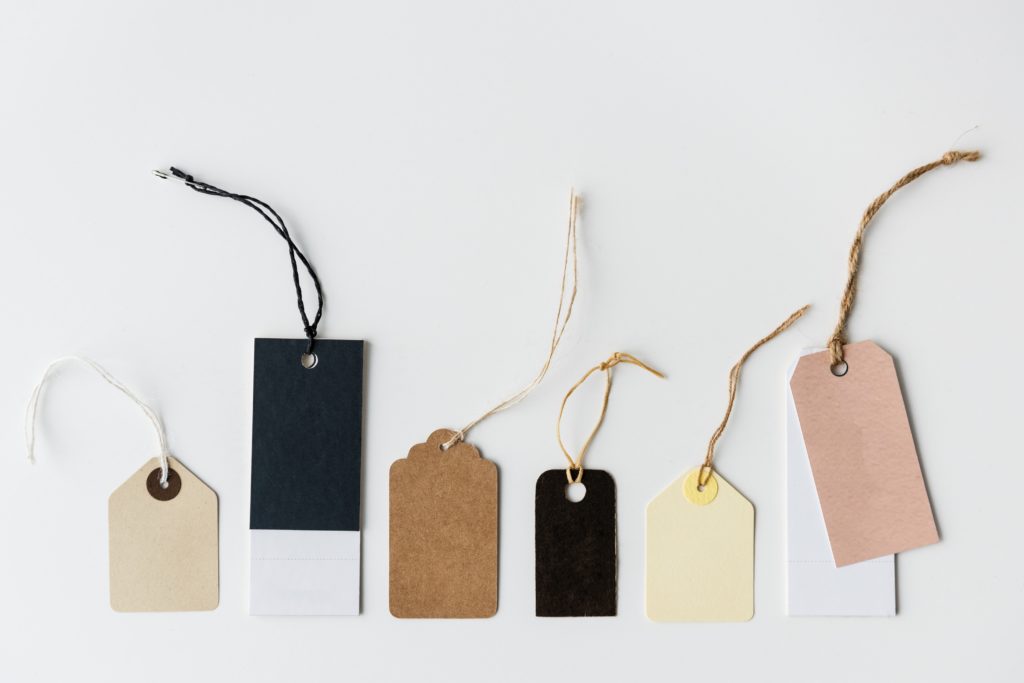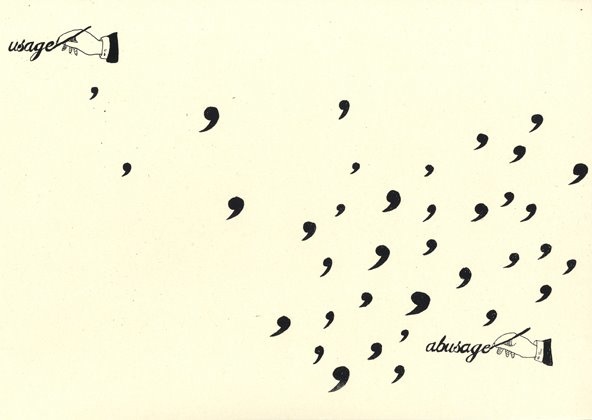Redundancy
“The state of being not or no longer needed or useful” (dictionary.com) I don’t think I’d ever heard of this word in relation to book reading/editing prior to the idea of ‘editing for a living’ popped into my head. But now, whenever I read a story, my eyes… My brain … are on the lookout…
Read more









Recent Comments